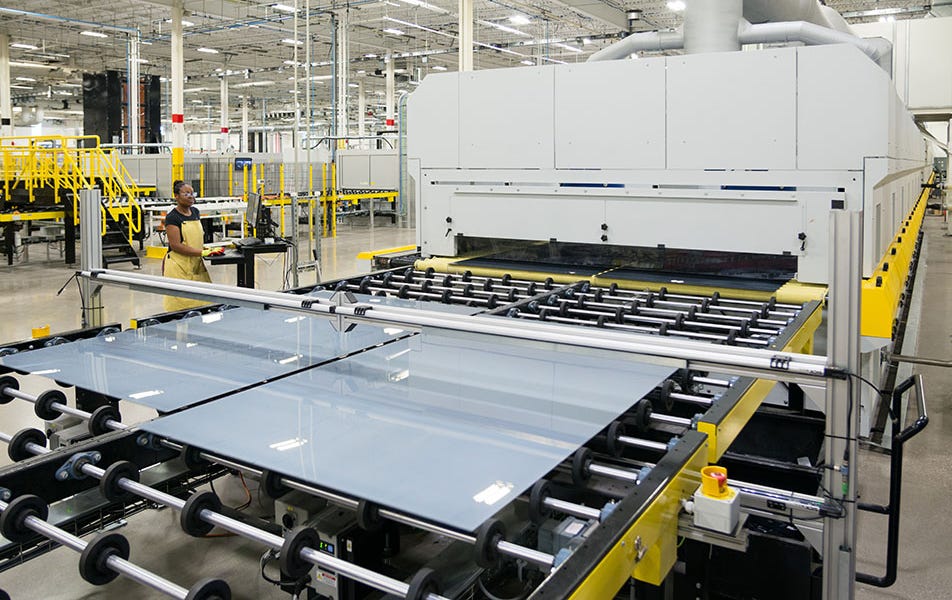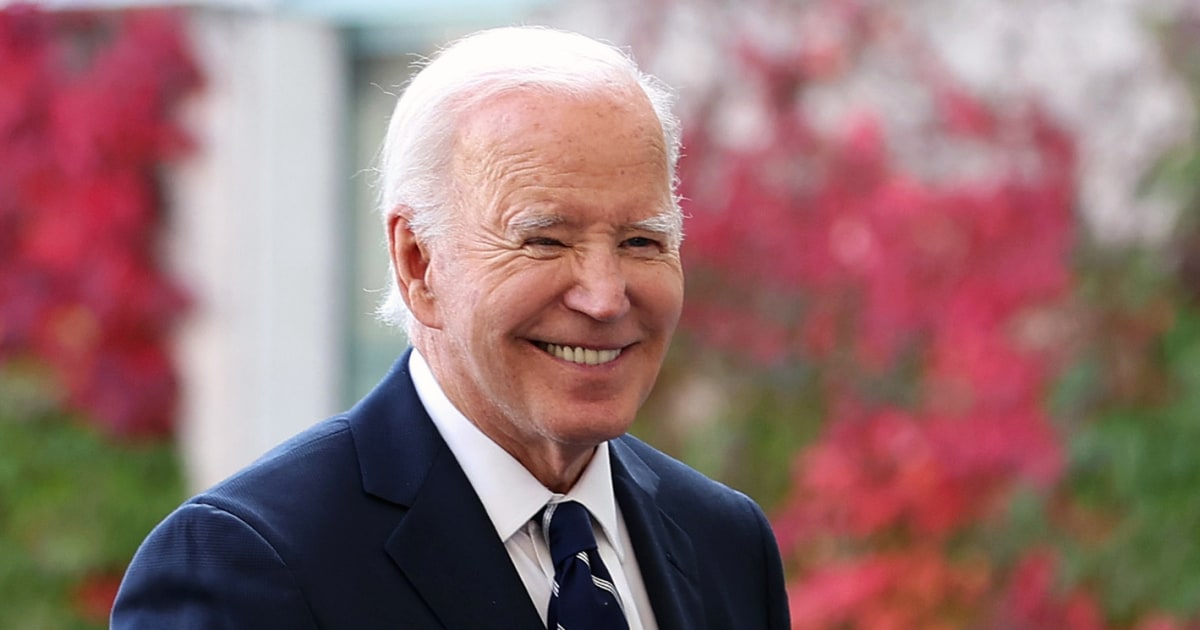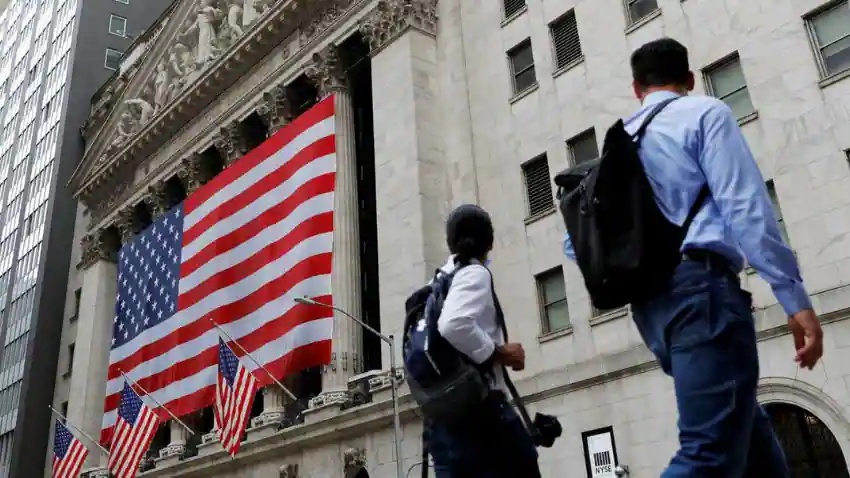






As President Donald Trump embarks on his second term, he emphasizes a 'Made in America' agenda, aiming to break from traditional Reaganomics and promote economic nationalism. This approach reflects his commitment to revitalizing American manufacturing, a central theme of his campaign [7bf7916e].
However, Trump's first term saw limited success in implementing effective manufacturing policies. Despite some increases in industrial output, the U.S. remains heavily reliant on foreign production. Joe Biden continued many of Trump's tariffs and subsidies, which were intended to protect American industries but have not fully addressed the underlying challenges [7bf7916e].
Recent analysis highlights that reshoring American industry is a bipartisan goal, supported by both Trump and Biden. However, skepticism exists among economists regarding the effectiveness of tariffs and industrial policies. Historical context shows that the U.S. has faced significant offshoring trends, particularly during the Rust Belt era [8da19b7e].
As Trump navigates the complexities of the current economic landscape, marked by inflation and rising mortgage rates, questions arise about his commitment to manufacturing in his second term. A coherent strategy is necessary to regain the U.S.'s competitiveness in manufacturing, especially as key figures in his administration express disillusionment with the status quo [7bf7916e].
Recent data indicates that 60% of Americans viewed the economy as 'not so good or poor' in 2024, reflecting widespread concerns about economic conditions [644e5628]. In contrast, the Biden administration achieved strong GDP growth and low unemployment rates, with the economy growing at an annualized rate of 2.7% in late 2024 and the unemployment rate dropping to 4.1% [f0707a61][76d06aa0].
Trump's proposed policies include extending tax cuts and reducing government spending, which he believes will stimulate economic growth. A Gallup poll indicates that 54% of Americans trust Trump on economic issues, suggesting a level of public confidence in his economic policies [644e5628]. However, economists remain divided on the potential impacts of these policies, particularly in light of the Federal Reserve's recent announcements regarding interest rates.
Federal Reserve Chairman Jerome Powell has indicated that fewer rate cuts are planned for 2025, even as mortgage rates have risen to 7.18%, complicating the housing market's recovery [644e5628]. Realtor.com forecasts that mortgage rates will average 6.3% in 2025, which could further challenge homebuyers and the real estate market [644e5628].
In addition to these challenges, Trump's second term is expected to bring a business-friendly environment, with the U.S. economy remaining strong and unemployment around 4% [7018723a]. Trump plans to increase tariffs on China by 50-60% and impose 25% tariffs on Mexico and Canada, which could lead to potential trade wars that may disrupt supply chains and raise costs for consumers [7018723a].
While Trump aims to implement tax policies that could potentially counteract inflation goals, the effectiveness of these measures remains uncertain. His proposed tax cuts could cost over $4.5 trillion over ten years, but significant cuts are unlikely due to higher inflation and deficits that could lead to prolonged higher interest rates [7018723a]. As Trump navigates these economic challenges, the outcomes of his policies will be closely monitored, particularly in light of the strong economic performance seen during Biden's term, which included a decrease in inflation from 9.1% in June 2022 to below 3% in November 2024 [012a5c44].
Moreover, Trump's immigration policies may lead to the deportation of up to 1 million people in 2025, potentially shrinking the workforce and impacting economic growth [7018723a].
Despite these challenges, there has been a notable revival in U.S. manufacturing sectors such as solar power, semiconductors, and batteries. The U.S. solar manufacturing industry, for instance, has risen from 14th in 2017 to 3rd by 2025, largely due to significant investments that began in 2018 and were accelerated by Biden's Inflation Reduction Act [8da19b7e]. Semiconductor investments have reached nearly $450 billion, with major companies like Intel and TSMC involved, and the U.S. is projected to produce 20% of leading-edge logic chips by 2030 [8da19b7e]. Reshoring efforts in batteries have also shown promise, indicating that with the right political will and smart policies, reshoring American manufacturing is indeed possible [8da19b7e].
The economic landscape under Trump's second term will be critical in shaping his administration's policies and the overall recovery of the U.S. economy. As businesses and individuals adjust to these changes, the impact of Trump's decisions on inflation, mortgage rates, and the housing market will be pivotal in determining the success of his economic agenda [76d06aa0].